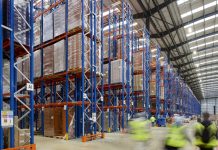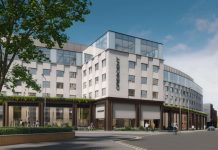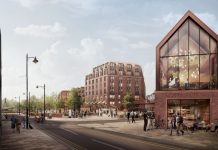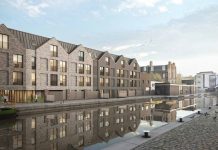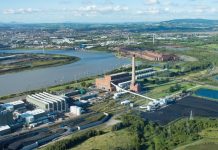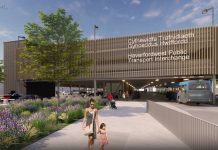There’s a very strong argument that the Bristol office investment market’s never been hotter, says Ian Lambert, partner at Hartnell Taylor Cook. But what does that mean for the city?
In 2015, Bristol city centre offices have been more attractive to investors than ever before. Some £540m of stock has been offered to the market, with over £300m of stock actually being sold and another £124 m currently under offer. With these deals in solicitors’ hands, it’s likely that close to £430 m will be transacted in the year. The likely sales of Portwall Place and Bridgewater House, offered at £69m and £56m respectively, early in 2016 show that there’s a weight of money chasing Bristol offices.
The higher investor interest is, the more likely development takes place, and the greater the chances of employers investing in Bristol, providing the jobs for the city to continue to grow economically. And the good news is it probably won’t be slowing down very soon.
What we have here is something of a perfect storm. There is a deep investor pool, looking for value in the regional cities. There’s a more confident occupier market, which combined with a lack of quality new stock and dwindling supply of secondary and tertiary buildings – thanks largely to Permitted Development Rights (PDR) conversions – means that rental growth is likely.
Who is buying? Everybody – the funds and institutions, family trusts, high net worth individuals, property companies looking to turn around what’s left of the older office stock. And increasingly, there is international interest, with Middle Eastern money and US private equity particularly prominent. When you look at the rental growth following investment in Castlemead – where the top floors are now achieving £25 per sq ft – you can see how value can be added. At Brunel House, the council offices, there were 40 inspections, with all kinds of uses being considered.
St Bartholomews House demonstrates how hot the market is – HTC were instructed to sell this 33.505 sq ft five-storey office building in Lewins Mead for a guide price of £4.473m. We had seven bids in at or above the asking price. Everything being sold has several disappointed under-bidders
Supply is tight. As has been widely reported, around 1 million sq ft of older property has been removed from the market through PDR, with older buildings around Lewins Mead in particular being converted to student and private residential accommodation. We’ve probably now seen an end to that trend, and this is seen in the Pithay, the 180,000 sq ft landmark building which looked like it could be Bristol’s first PRS (private rented sector) residential scheme, but is now being re-presented by Resolution Property as offices for the creative sector.
For HTC, one of the highlights of 2015 was the sale of St Mary Le Port to Goodman for circa £24m, a deal that includes the Lloyds and Bank of England buildings, along with the Prudential Buildings. It’s the best site in the city centre, overlooking Bristol Bridge. Delivered right as an office-led mixed-use scheme, it will be a huge boost for Bristol. With Finzels Reach across the river coming along, with a new bridge set to link it to Castle Park, this is suddenly a very exciting part of Bristol.
At some point soon, somebody on the development side has got to put a spade in the ground and create some new product. They might look at Skanska’s success at 66 Queen Square, where the developer got their reward for speculatively starting a fantastic building, which pre-let well and sold for a very good price.
The institutional investors will be busy putting together their strategies for 2016. As long as Bristol continues to have a strong story to tell, it should remain a key target for investors.

